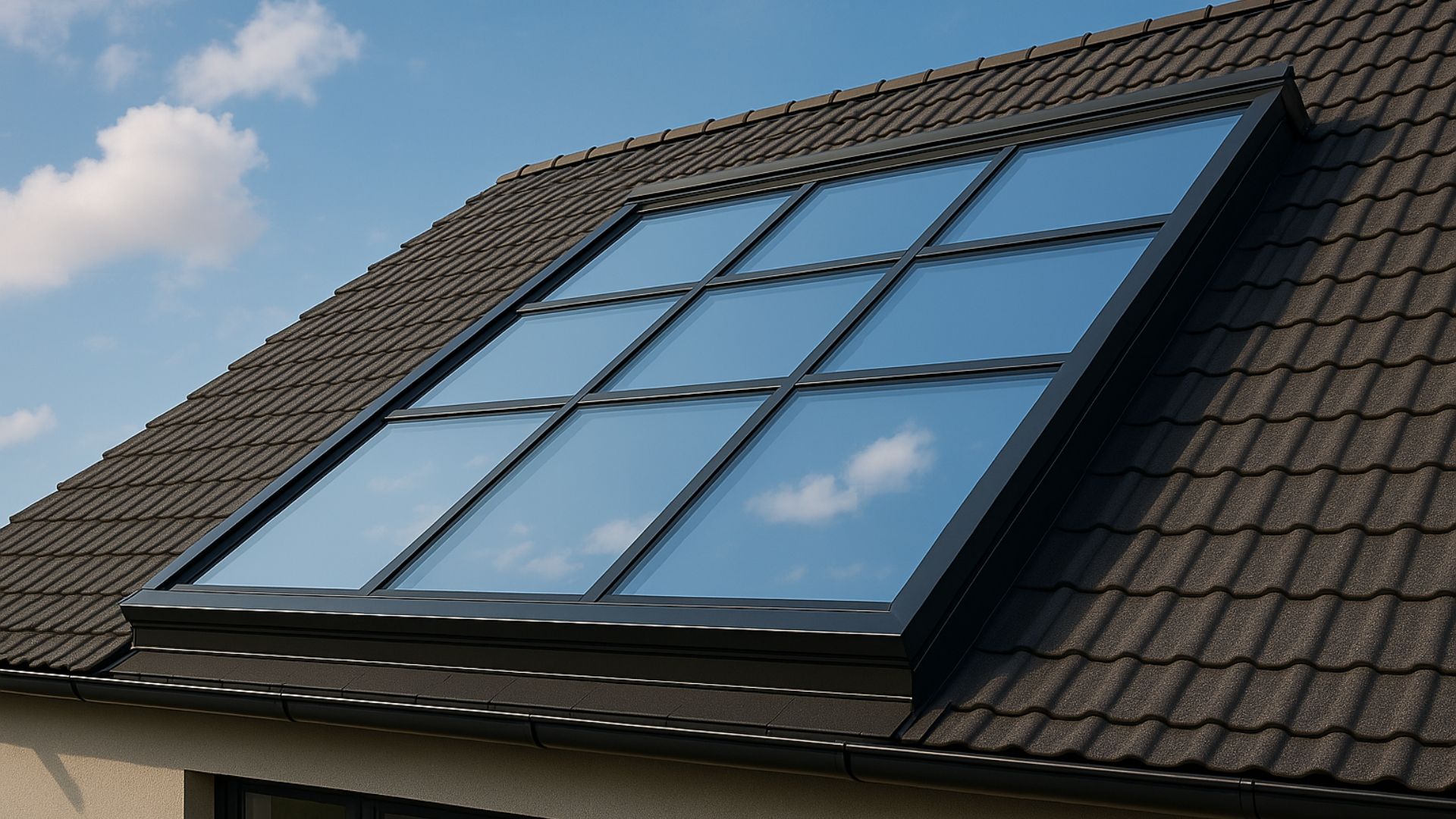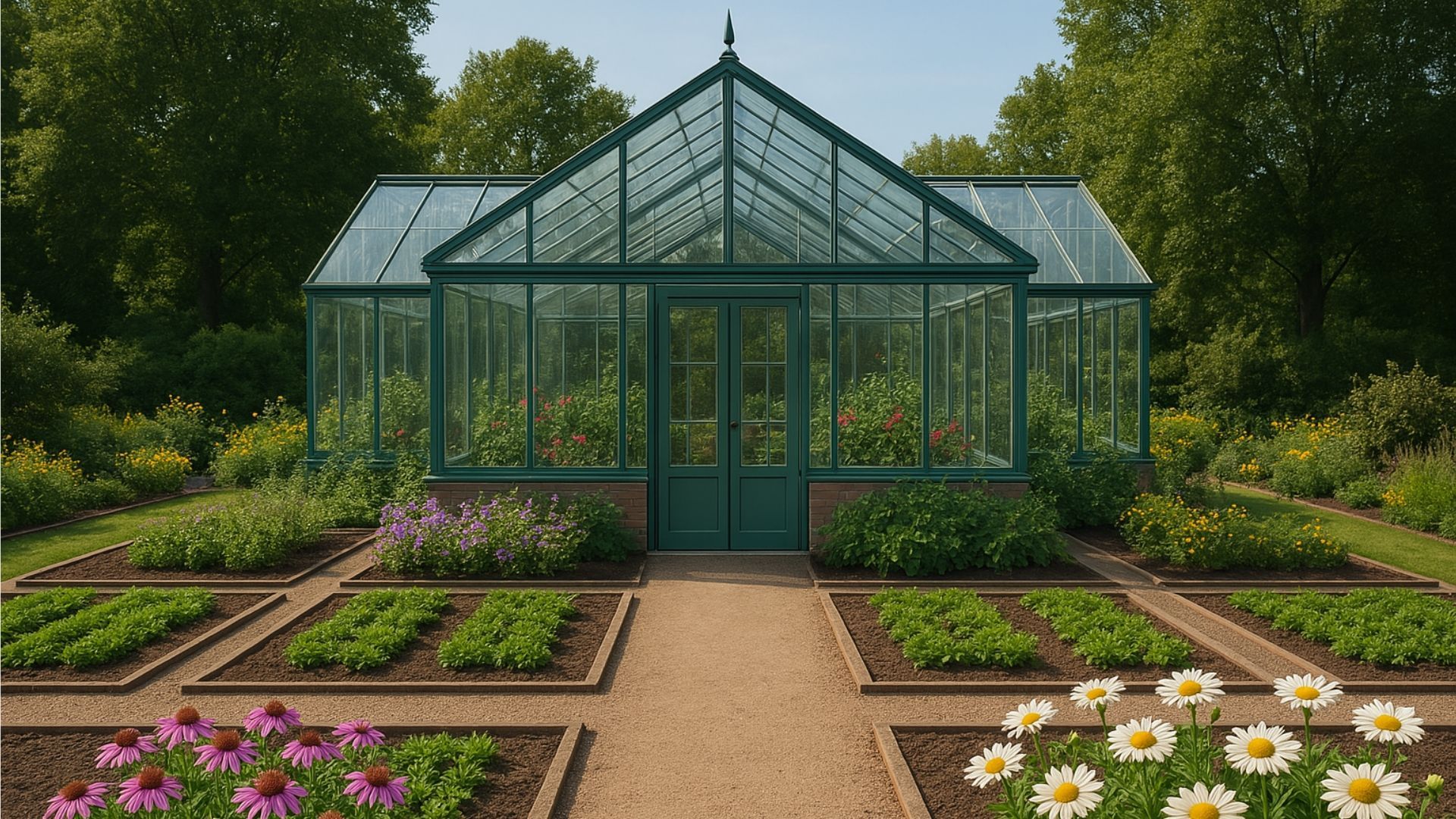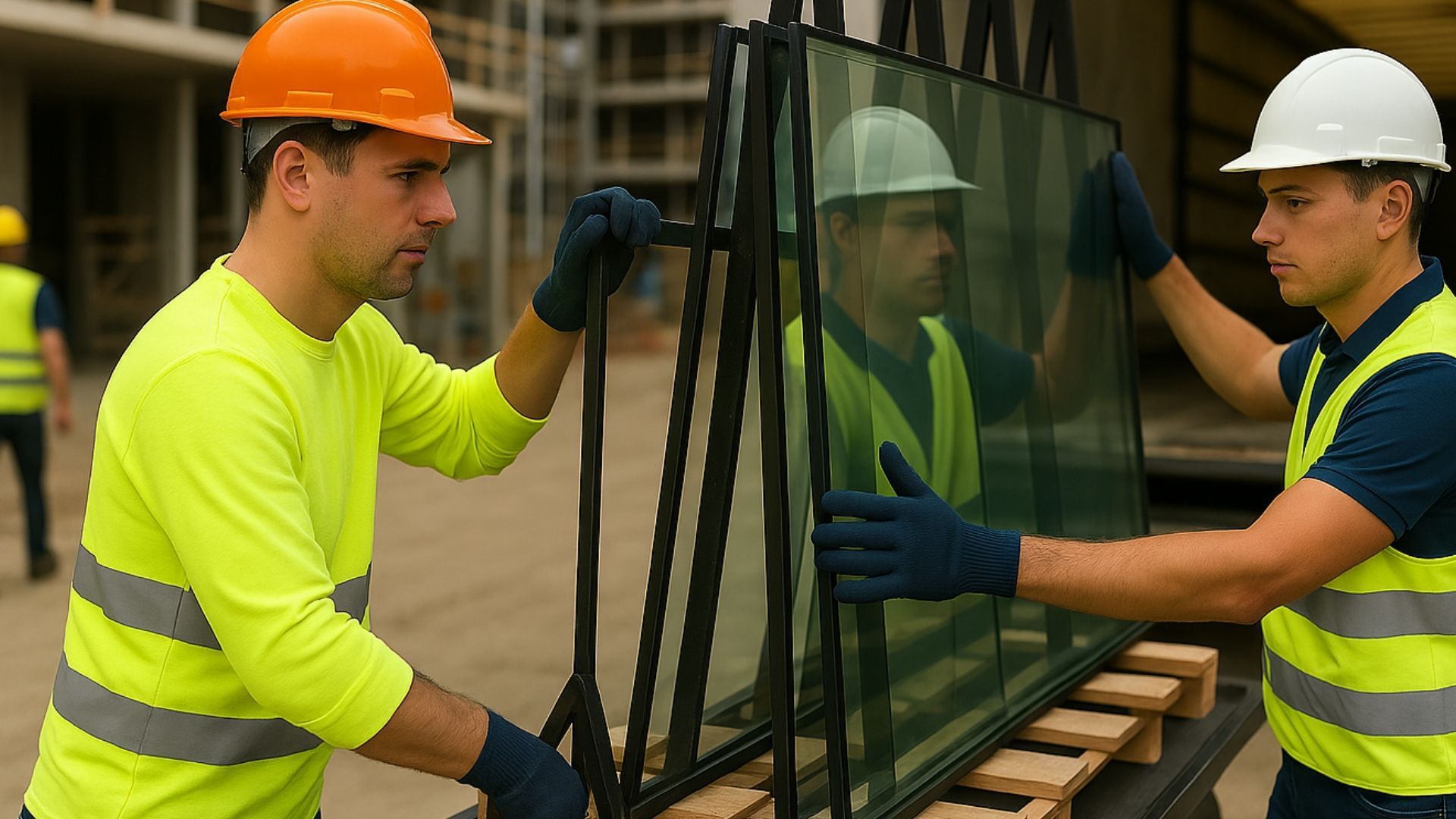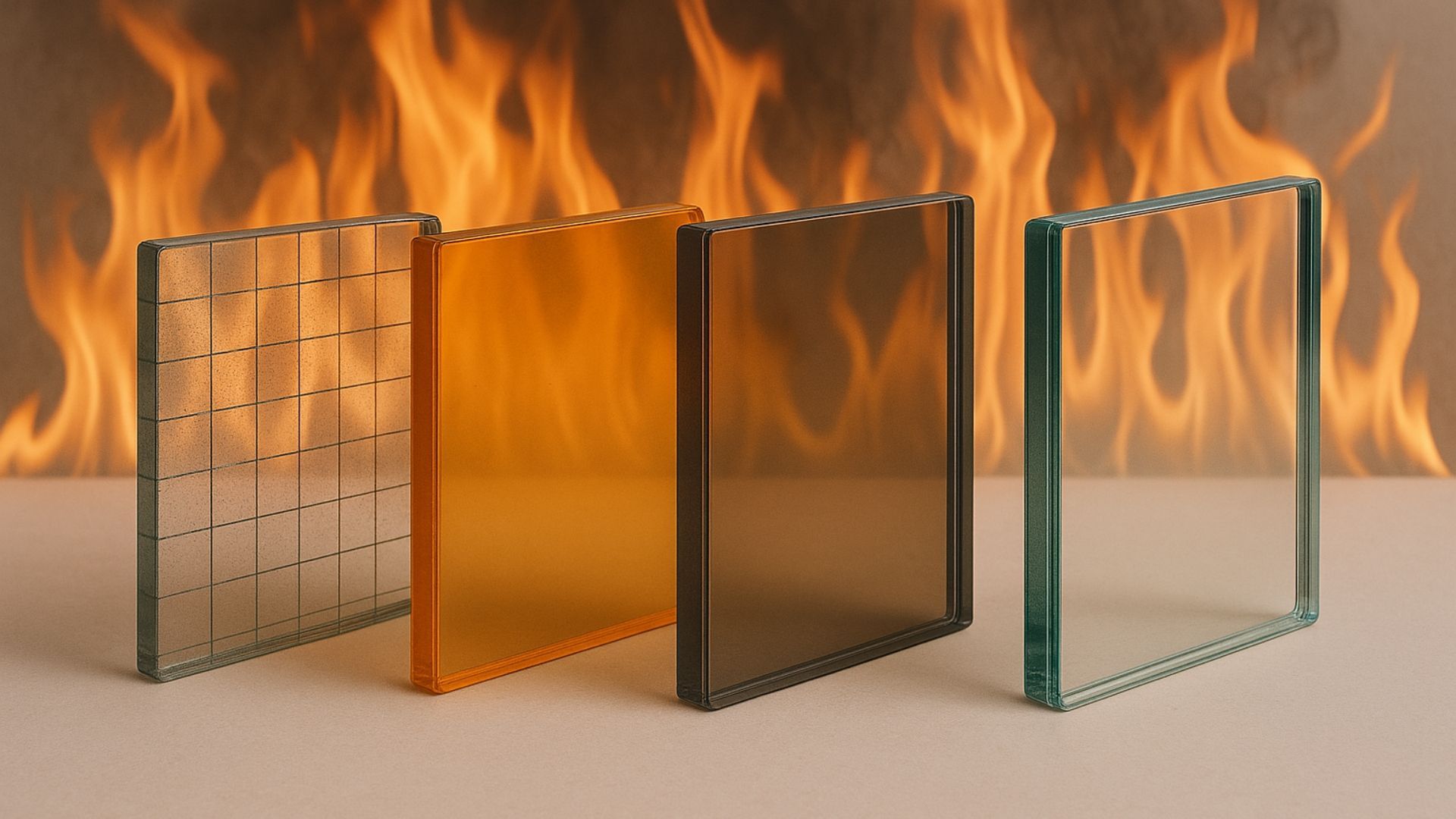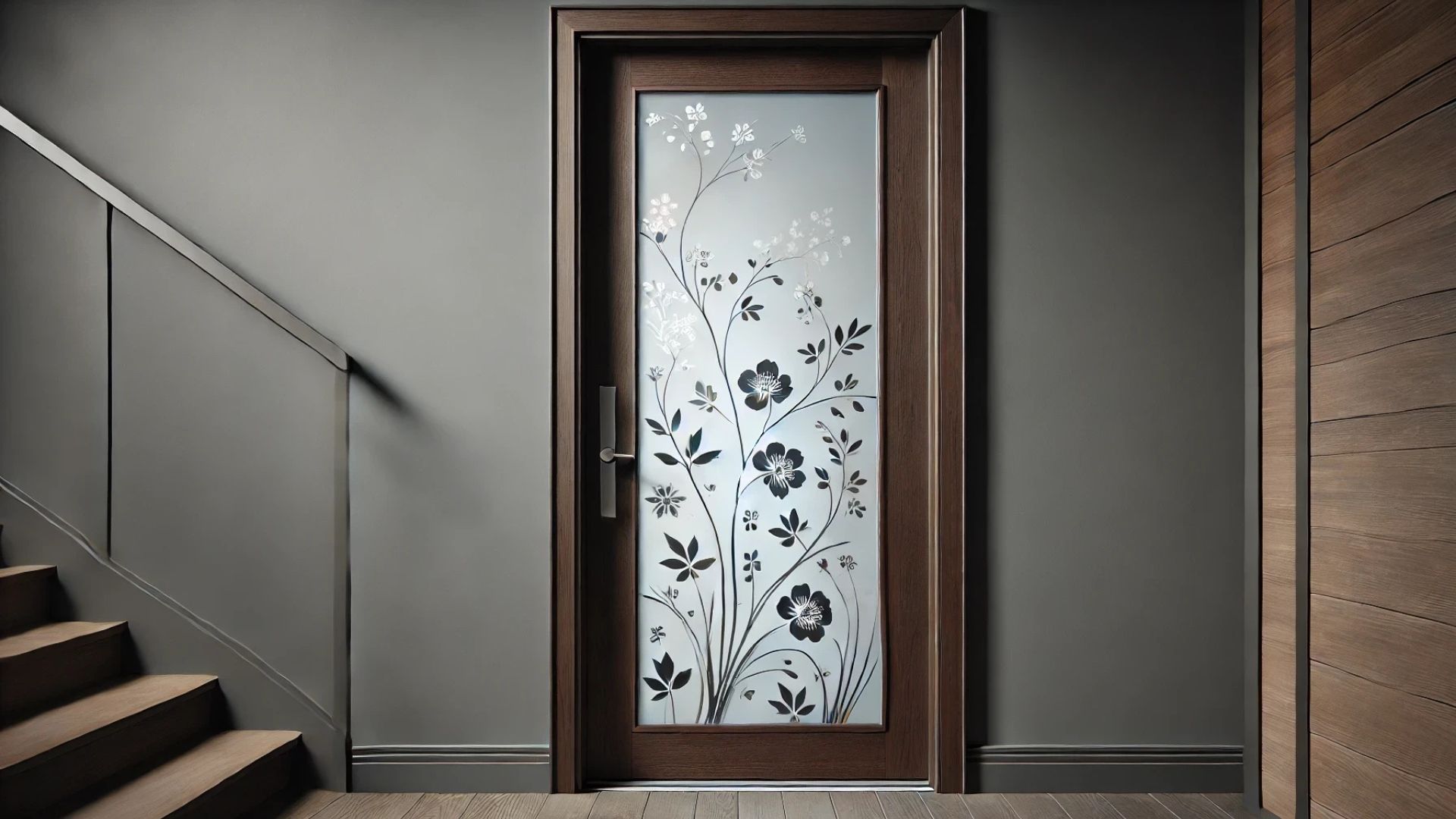
What are the important differences between ceramic glass and tempered glass? Find out in our guide.
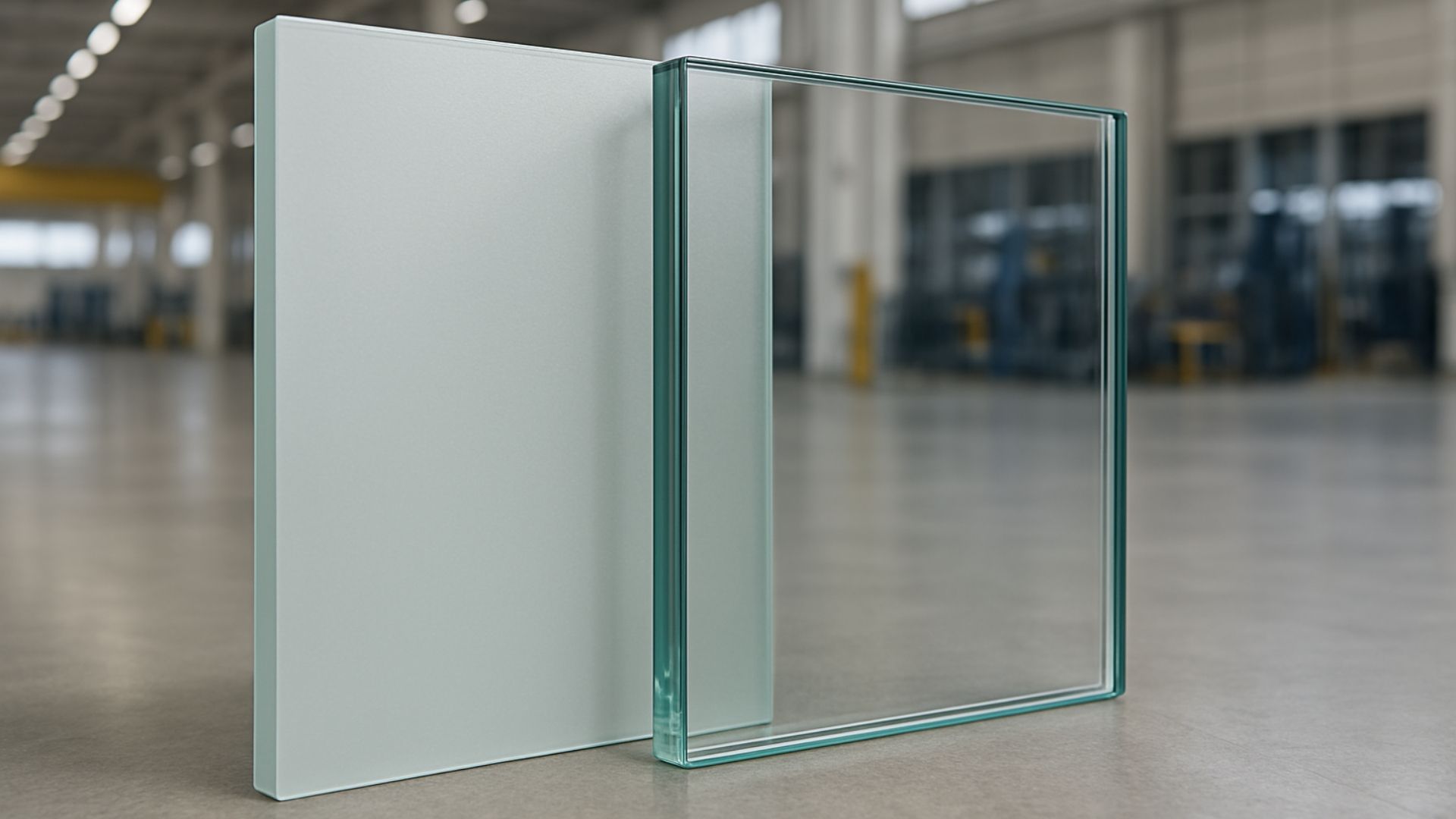
Look around you. No matter where you are, you can probably see multiple uses of glass.
Sometimes, it's purely functional – a glass beaker, say, or the glass in a picture frame. Sometimes, it's decorative: think stained glass and champagne flutes.
And sometimes, it's there to provide a fire barrier. Stovetops, oven doors and fireplace guards all need a type of glass that can protect your home from flames.
These applications typically take one of two kinds of glass: ceramic glass and
tempered glass. The differences between these two products aren't immediately obvious – but they can have important ramifications for your safety.
This is a separate issue from
fire-rated glass, a product that stops the spread of flames in the event of an uncontrolled fire.
In this article, we look at the key differences between ceramic glass and tempered glass, as well as common applications, advantages and disadvantages. We hope it helps you get the right material for the job.
Manufacturing
First off, ceramic glass and tempered glass are manufactured in very different ways.
Tempered glass – often known as toughened glass – is one of the main types of safety glass used in both residential and commercial settings.
It's manufactured by heating annealed glass to a high temperature (around 650°C or 1,200°F) and then rapidly cooling or "quenching" it with blasts of cool air.
This rapid shift from hot to cold creates surface compression. The science is complex, but essentially you're left with a piece of glass that's strong, durable and breaks in a specific way.
It's hard to break toughened glass. But when enough force is applied, it doesn't break into large, dangerous shards. Instead, it shatters into lots of tiny, relatively harmless pieces. This is part of what makes it
safety glass.
Ceramic glass, on the other hand, isn't really glass at all – or rather, it's a composite of glass and ceramic materials heated to a high temperature and then slowly cooled.
Unlike tempered glass, it breaks into large shards. This makes it inappropriate in many applications where the public could be put at risk if a breakage occurs.
It does, however, have a superpower. It can withstand temperatures of up to 1,400°C (2,550°F). To put that into perspective, tempered glass can only withstand temperatures up to around 400°C (750°F). This makes it a common choice of material for stovetops and fireplace doors.
Like laminated glass, ceramic glass was invented by mistake. In 1953, Dr Stookey at Corning Glass Works was trying to precipitate silver by heating Fotoform glass. Instead, he ended up with ceramic glass. It soon became a fixture in American households.
Applications
In the home, ceramic glass can be used for windows, doors, kitchen splashbacks and more. But in the context we're discussing, it's most often used for bifold fireplace doors, electric fireplaces and some gas units.
This isn't to say that tempered glass is an inferior product – quite the opposite. Tempered glass is used in a wide range of applications, from doors and windows to
walk-on glass, from smartphone screens to
switchable smart glass.
When temperatures get extreme, ceramic glass is a more common application. You'll find it, to take just two examples, in wood stoves and airtight fireplaces.
These are all applications where the flames are there by choice and need containing. This is very different from windows and doors installed to protect against arson or accidental fire. In this context, your best bet is to invest in high-quality fire-rated glass.
Appearance
You can tell tempered glass from ceramic glass by its appearance. Tempered glass is made from standard window glass – and you can tell. The combination of raw material and manufacturing process leads to a highly transparent product.
Ceramic glass, by contrast, has a slight amber tint. This comes from a chemical called borite, which keeps the glass from expanding and contracting.
Ceramic glass can be tinted black – something you'll often see on oven doors and stovetops. This makes it even easier to wipe down and clean.
When it comes to appearance, tempered glass is extremely versatile. It can be given interlayers that add
texture and
colour. It can be
printed or
etched with words, images and other designs. It can be given a gritty frosted effect. It can even be modified to
change from transparent to opaque at the click of a button.
Strength
Both ceramic glass and tempered glass can withstand heat. Tempered glass, however, has the edge over ceramic glass when it comes to impact resistance.
This is because tempered glass is primarily a type of safety glass. It's up to six times stronger than normal glass, meaning it can withstand heavy blows without breaking. Plus, when it does break, it does so safely – no jagged shards that can injure people when falling or when being cleared up.
Ceramic glass, however, is about the same strength as regular window glass. In other words, its high level of heat resistance isn't matched by a high level of impact resistance. Moreover, when it breaks, it breaks into big chunks.
How do you clean ceramic glass and tempered glass?
Both ceramic glass and tempered glass are extremely easy to clean. Simply wipe down the surface with a detergent and a microfibre cloth. As with any cleaning task, it's better to clean glass surfaces little and often rather than letting grime build up.
Is ceramic glass the same as glass with ceramic inks?
No. Ceramic glass is a heat-resistant glass product used to contain flames. This is different from
glass printed with ceramic inks.
If you want a piece of toughened or laminated glass to be printed, ceramic inks are a great way to go. They help create clear and detailed designs – and these designs are baked into the surface, so they last as long as the glass itself.
Are you looking for high-quality
tempered glass, made to measure? Don't hesitate to
get in touch with ToughGlaze for a quick, competitive quote.
Join Our Newsletter — No Spam, Just Expert Tips and Updates for Your Next Construction Project!


| ToughGlaze LTD
